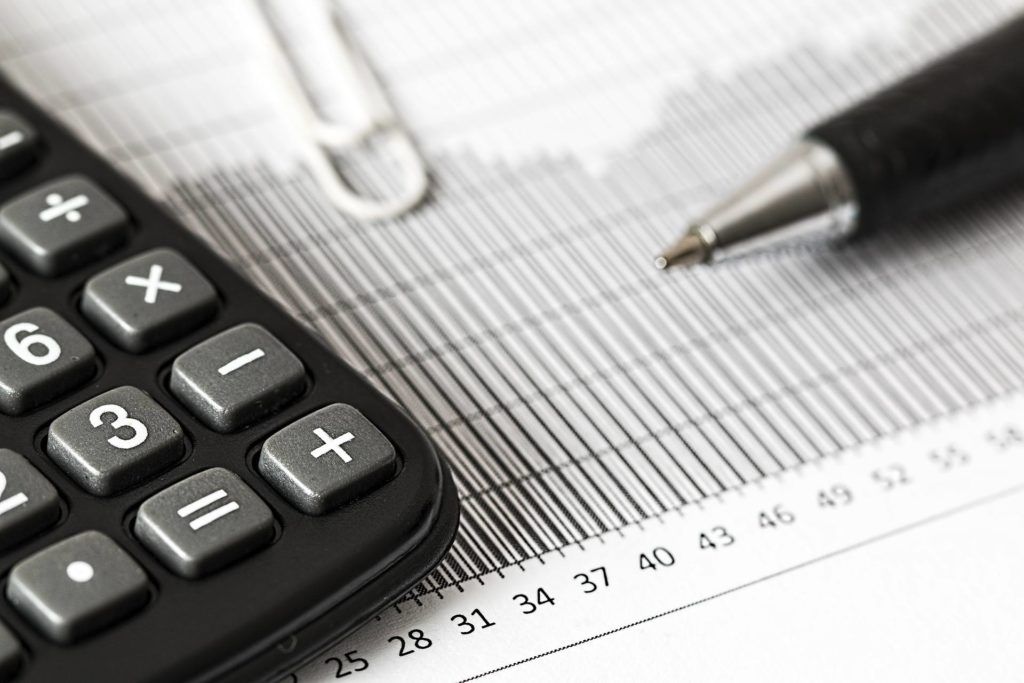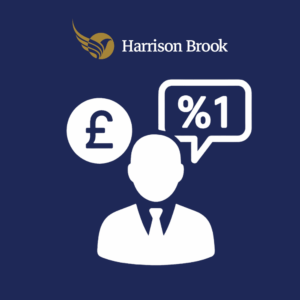
Actively managed funds are the best way to obtain the holy grail that is dividend growth
Equity Income Pension Planning
Among the talk about trade wars and market corrections, “boomers” like me are being persuaded to invest in bond and absolute return portfolios in the belief that they are both defensive and income-focused solutions.
I do not buy that. For me, in-retirement investing is an equity income story. Unfortunately, the trials of at least one big-name fund manager may be unnecessarily presenting the sector in a less-than-brilliant light. Equity Income Pension Planning is imortant for this reason.
Those readers not old enough to remember when Perpetual did not have the Invesco prefix may have never seen its game-changing (for me, at any rate) presentation in the mid-1980s on the power of reinvested dividends. It changed the way I looked at equity fund performance and equity income pension planning.
Take the UK’s longest-living equity income fund, M&G Dividend, launched 54 years ago last month. It has never been a barnstorming performer but, by the end of 2017, the income shares had a capital value 26 times the original investment, returning a yield of more than 122 per cent.
Accumulation shares would have grown 262-fold and their income payout would be 12 times the original investment. In real terms, this represents an income equivalent to 73 per cent of the purchasing power of the original investment, delivered every year, and growing.
Imagine an inherited drawdown portfolio delivering such benefits through the generations. Everyone gets a family office.
And growing is the operative word, given return expectations these days are far lower. Capital preservation in itself cannot support the retirement of anyone but the wealthiest, and in any event without sustainability. A growing income can only be achieved and maintained by investing in companies to access a share of the profits, delivered via dividends.
An oft-quoted investment mantra states that reinvested dividends constitute around 90 per cent of the total returns on equities. But while it is certainly correct the benefit of reinvested dividends is significant, where the yield on shares is 2 per cent or less, this all but disappears.
This implies that higher yields are more attractive in the long run, but this again misses the point. Dividend growth is the most important factor, and this is a company-by-company issue, not a market phenomenon.
There is no evidence of a relationship between GDP growth and equity returns; conversely, there is strong evidence that higher economic growth is uncorrelated with dividend growth. This may come as a surprise to many readers, particularly those who pin their investment decisions on the latest economic outlook.
This is where actively managed equity income funds should score over their passive or “smart beta” peers. These factor-based funds, by definition, use rules, not stock selection – for example, focusing on higher yielding shares. However, high dividend yield is unlikely to be associated with high dividend growth; on the contrary, growth is more likely to be negative, this should be factored into equity income pension planning.
That said, some unfavoured companies failing a smart-beta screen may be identified as suitable candidates by an active manager because they are reliable enough to maintain or grow a dividend despite a significant fall in the share price.
Growing the dividend increases the expected return and the price rises as investors return, arbitraging that yield premium away. On the other hand, a high yield plus a poor balance sheet should raise red flags for an active manager. Indeed, when bad news is added to the mix, the price often collapses: see Carillion.
Algorithm or not, yield does not become dividend until it is paid. Good companies with strong dividends are prize investments: if the market drops 20 per cent, investors are still receiving predictable dividends and, consequently, their share price recovers more quickly.
There are other ways in which companies return cash to shareholders, of course. Buybacks are one example, but many are financed by cheap debt, particularly in the US. The chief executive borrows $1bn to fund a buyback; the share price rises as market capitalisation is divided by a lower number of shares. Everyone is happy until they spot the chief executive’s pile of options rocket in price; the net effect is that he borrowed $1bn to pay himself $1bn. Nice work if you can get it.
“Income seekers should pursue good-quality equity income funds, especially if they expect to pass wealth down through generations”
Direct shareholders do not find reinvestment quite as easy as fund holders. Consider the “scrip” dividend, where shares are issued in lieu of dividends. On the surface, that makes sense – a simple reinvestment of dividends, as per a fund. However, that is not how it works.
The economic effect of a scrip is akin to a rights issue: i.e. the exact opposite of a dividend. The number of shares in issue increases, thus diluting the value. Scrip dividends in effect overstate the dividend yield by 50 per cent.
Some companies do offer dividend reinvestment plans where dividends are used to buy shares in the open market, and this option should be more widely used, with scrips avoided.
Equity income is a valuable long-term investment strategy and, along with smaller companies, is an area where active managers can add most value. Rather than being fearful of equity exposure, income seekers should positively pursue good-quality Equity Income Pension Planning especially if they expect to pass wealth down to generations to come.
Get in touch to discuss your personal position today.
The information contained herein is for informational purposes only which is subject to change and should not be relied upon. You should seek advice from a professional adviser before embarking on any financial planning activity.


